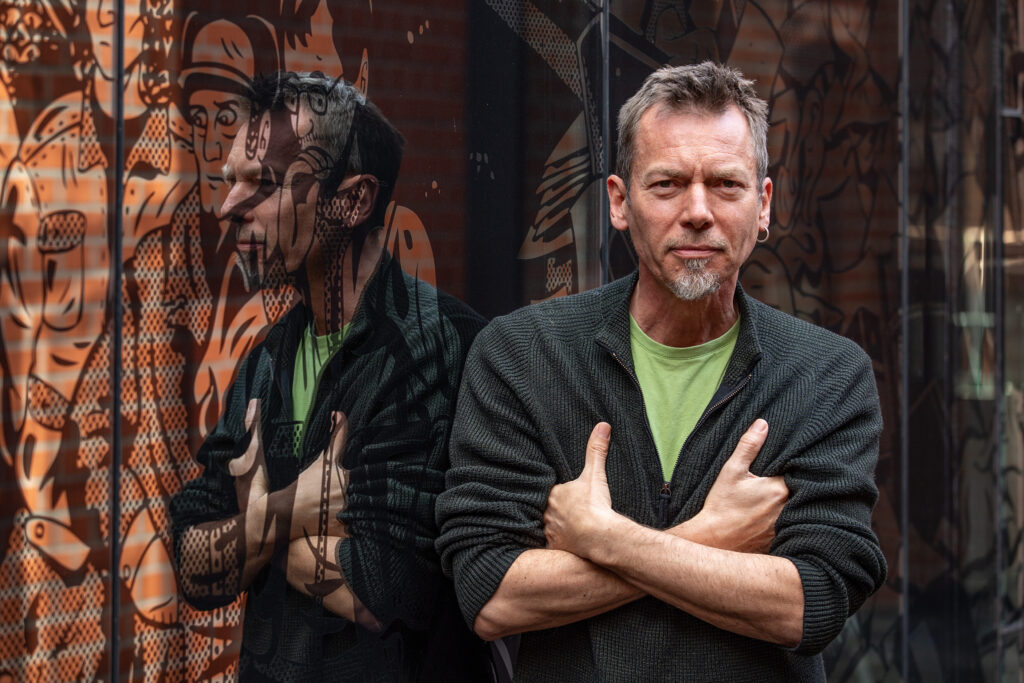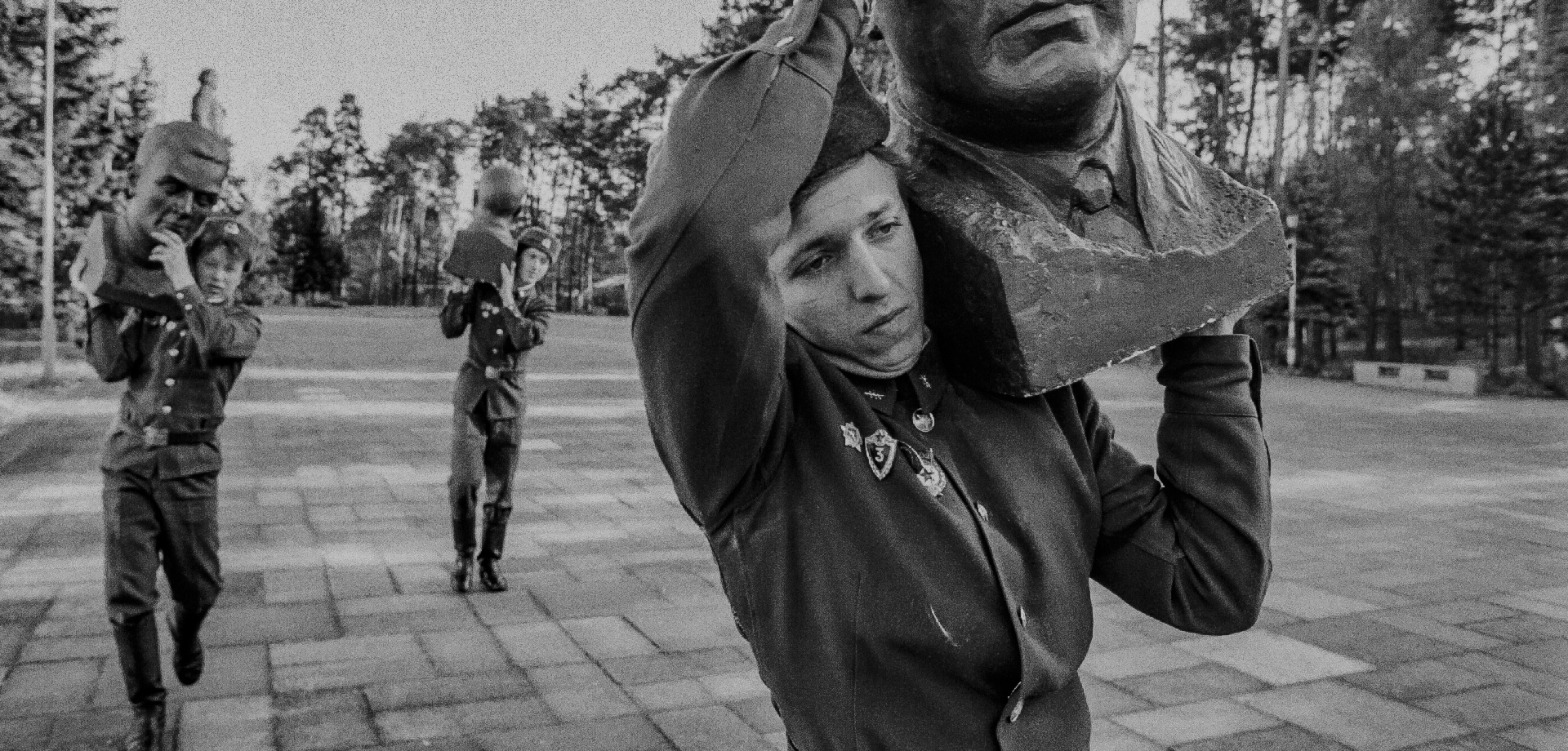We want to better understand dictatorships in Europe in order to learn from them. We share our findings with everyone who, like us, wants to understand how the past shapes our present. And with everyone who, like us, want to help shape a democratic future.
Find out more about our foundation here.

"If we want to defend the achievements of our democracy, we must know the past. We need to understand how dictatorships emerge, and what techniques of lying and exclusion they work with. We must also understand that they are never just tyrannical regimes run by a small number of individuals, but always have a social foundation. Because in all dictatorships, there were and are people who ‘participate,’ be it out of conviction or because they hoped to gain material advantages and opportunities for social advancement. These two faces of a dictatorship – repression and privilege – and the great seductive power that continues to emanate from populist friend-enemy thinking, make dictatorships so dangerous and the work of the Ettersberg Foundation so important."

"I am fascinated by nonconformists who were able to withstand social pressures during times of dictatorship. Our aim is to tell their life stories in such a way that we can draw from their strength today, in a democracy. At the Andreasstrasse Memorial, we work a lot with concepts from pop culture – in our exhibitions, but also in our workshops and seminars. With comics, stop-motion films, podcasts and songs, we want to interest young people in particular in contemporary political issues."








